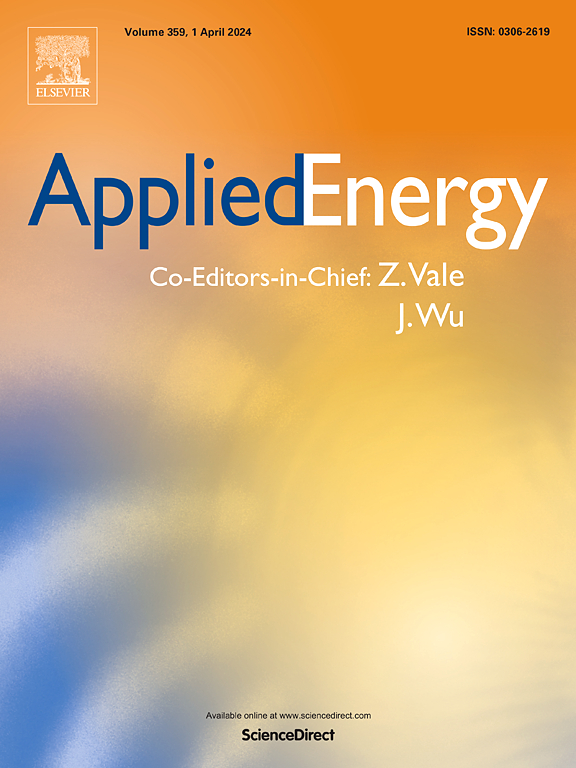Review of advances in scaling non-intrusive load monitoring for real-world applications
IF 11
1区 工程技术
Q1 ENERGY & FUELS
引用次数: 0
Abstract
Sustainable and safe electricity usage is essential to making electrification more environmentally and human-friendly. The first step is to make fine-grained electricity consumption data readily available. Recently, non-intrusive load monitoring (NILM) has gained attention for estimating appliance-level electricity usage only from aggregated measurements, offering a cost-effective solution for large-scale electricity monitoring. However, as NILM scales from the lab to real-world applications, it faces not only methodological difficulties from diverse electricity consumption characteristics under complex disturbances, but also operational difficulties in managing numerous devices and decentralized data across cloud and edge with limited computing resources. Given the critical need to enhance NILM's practicality for widespread adoption, research interest in this field has surged significantly over the past six years. Therefore, we analyze the above difficulties following a brief review of NILM's fundamentals. Then, we highlight the advances across four key aspects of NILM's practicality: robustness, adaptability, collaboration, and deployability. In addition, we discuss the limitations that hinder real-world NILM applications, aiming to inspire further research. Finally, we provide an outlook on the developments in data ecosystem, implementation guidance, application scenarios, and related services
回顾在实际应用中扩展非侵入式负载监控的进展
可持续和安全的电力使用对于使电气化更加环保和人性化至关重要。第一步是使细粒度的电力消耗数据随时可用。近年来,非侵入式负荷监测(NILM)因仅通过汇总测量来估计电器级用电量而受到关注,为大规模电力监测提供了一种经济有效的解决方案。然而,随着NILM从实验室扩展到现实世界的应用,它不仅面临着复杂干扰下不同电力消耗特征的方法困难,而且还面临着在计算资源有限的云和边缘管理众多设备和分散数据的操作困难。鉴于迫切需要提高NILM的实用性以广泛采用,在过去六年中,该领域的研究兴趣显著激增。因此,我们在简要回顾NILM的基本原理后分析上述困难。然后,我们强调了NILM实用性的四个关键方面的进展:健壮性、适应性、协作性和可部署性。此外,我们还讨论了阻碍现实世界NILM应用的限制,旨在激发进一步的研究。最后,我们对数据生态系统的发展、实施指南、应用场景和相关服务进行了展望
本文章由计算机程序翻译,如有差异,请以英文原文为准。
求助全文
约1分钟内获得全文
求助全文
来源期刊

Applied Energy
工程技术-工程:化工
CiteScore
21.20
自引率
10.70%
发文量
1830
审稿时长
41 days
期刊介绍:
Applied Energy serves as a platform for sharing innovations, research, development, and demonstrations in energy conversion, conservation, and sustainable energy systems. The journal covers topics such as optimal energy resource use, environmental pollutant mitigation, and energy process analysis. It welcomes original papers, review articles, technical notes, and letters to the editor. Authors are encouraged to submit manuscripts that bridge the gap between research, development, and implementation. The journal addresses a wide spectrum of topics, including fossil and renewable energy technologies, energy economics, and environmental impacts. Applied Energy also explores modeling and forecasting, conservation strategies, and the social and economic implications of energy policies, including climate change mitigation. It is complemented by the open-access journal Advances in Applied Energy.
 求助内容:
求助内容: 应助结果提醒方式:
应助结果提醒方式:


